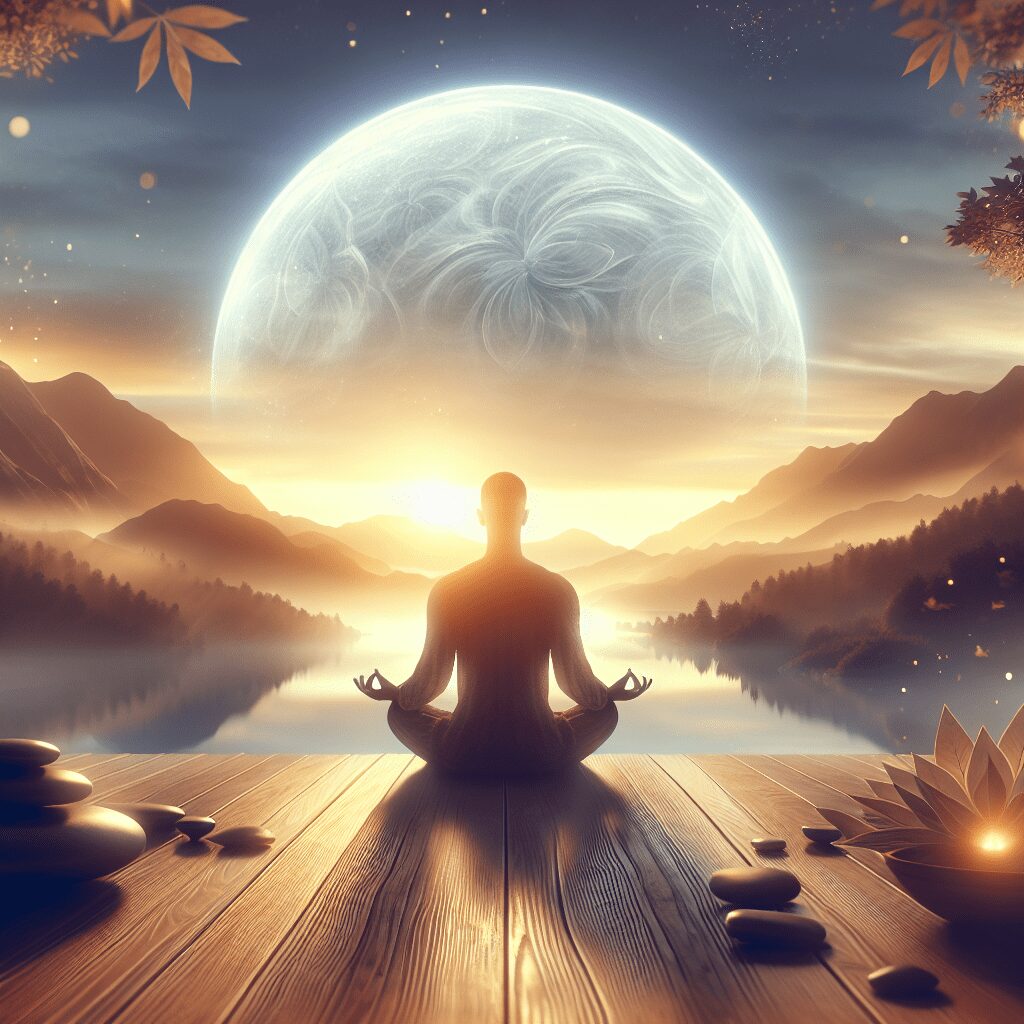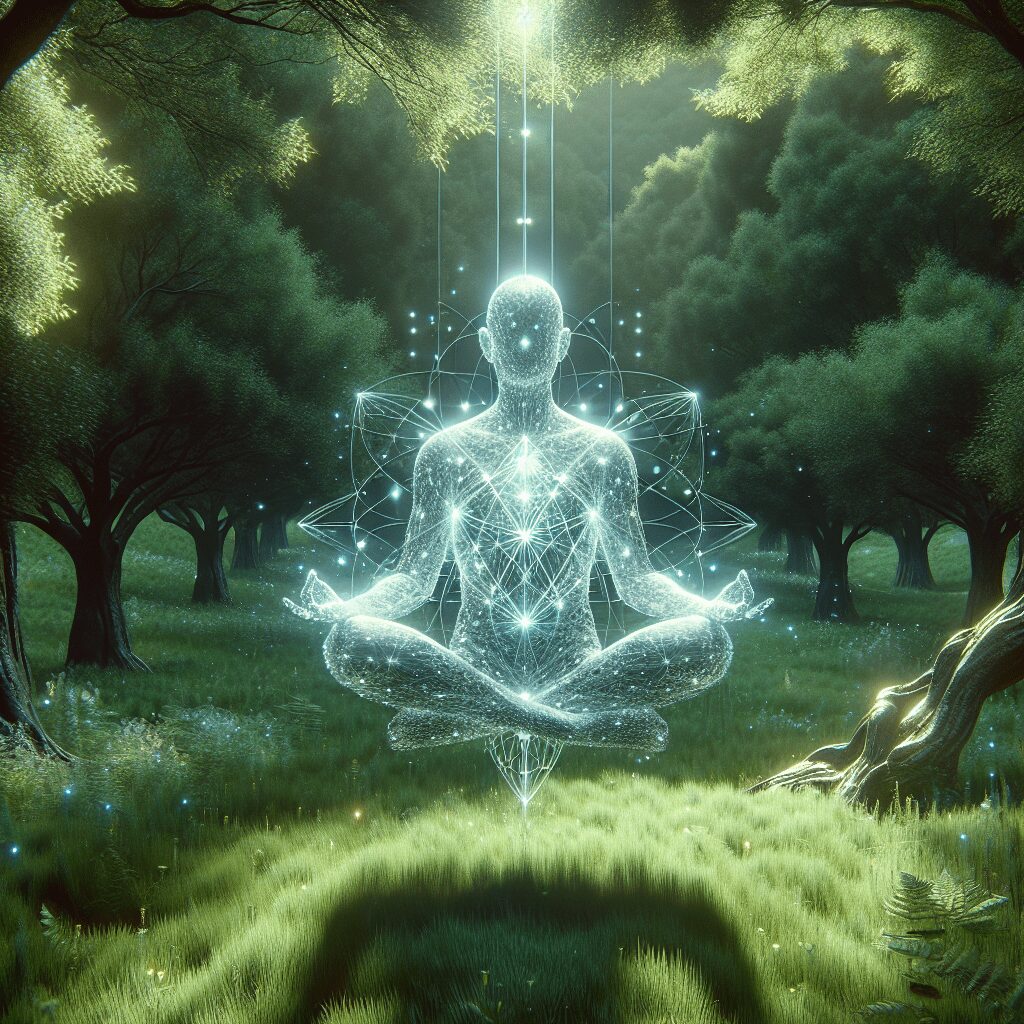
Prioritize your mental well-being daily. Enhance your life by nurturing your mental health with the Smart Meditation app. Break free from stress, alleviate anxiety, and enhance your sleep quality starting today.
What Kind Of Meditation Do Mahayana Buddhists Do?
Unlocking Tranquility: The Mahayana Meditation Journey
Mahayana Buddhism, often recognized as the “Great Vehicle,” traverses a broad and diverse path across East Asia, sculpting a rich tapestry of practices and philosophies. Within its spiritual vault, meditation emerges not just as a practice, but as a profound journey towards enlightenment and the cultivation of compassion. So, what meditation techniques do Mahayana practitioners employ to navigate the inner cosmos? Let’s dive in and explore this fascinating world.
The Spectrum of Mahayana Meditation
Mahayana meditation isn’t a one-size-fits-all; it’s more like a bespoke suit tailored to the intricate needs and aspirations of each practitioner. From the silent echoes of Zen (Chan) gardens in Japan to the vibrant Thangka-adorned halls of Tibetan monasteries, Mahayana Buddhism offers a meditation smorgasbord that caters to all.
-
Samatha (Calm Abiding): Starting off, practitioners often engage in Samatha, laying the groundwork with tranquility and single-pointed focus. It’s the equivalent of getting your ducks in a row – a mental preparation for deeper insight. Here, mindfulness of breathing is a classic starting point, encouraging the mind to chill out and collect itself.
-
Vipassanā (Insight): With a serene mind, you’re now ready to play detective – Vipassanā style. This is where you roll up your sleeves and delve into the nature of reality, peering into the truths of impermanence, suffering, and non-self. It’s an eye-opener, offering a realignment of one’s understanding and relationship with the world.
-
Zazen (Sitting Meditation): Zen practitioners are all about Zazen, which is essentially Vipassanā’s quiet cousin. This involves sitting with what is, letting thoughts and sensations come and go without getting entangled. It’s like sitting by a river, watching leaves (thoughts) float by without diving in to fish them out.
-
Metta Bhavana (Loving-kindness Meditation): Then there’s the heart-expanding practice of Metta Bhavana. Imagine sending out positive vibes and well-wishes like Wi-Fi signals to all beings, near and far. It’s a transformative practice that softens hearts and builds bridges of compassion.
-
Tonglen (Giving and Taking): Exclusive to Tibetan Buddhism, Tonglen flips the script on our self-centered instincts. Practitioners visualize taking in the suffering of others with the intake of breath, and send out relief and happiness with the out-breath. It’s a profound exercise in empathy and altruism.
-
Mantra Recitation and Visualization: Rounding off, we’ve got the dynamic duo of mantra recitation and visualization, hallmarks of esoteric traditions like Tibetan Vajrayana. This is where you chant sacred syllables and conjure intricate visualizations of Buddhas and Bodhisattvas. It’s akin to immersive virtual reality, but for spiritual growth.
Why Does It Matter?
You might wonder, “All this effort – for what?” Well, in the grander scheme of things, Mahayana meditation is not just about personal peace or achieving some spiritual high. It’s a commitment to the Mahayana ethos of Bodhicitta – the aspiration to attain enlightenment for the benefit of all beings. Through these practices, we polish the mirror of our minds, not for vanity, but so that our actions can reflect greater compassion and wisdom in the world.
Whether you’re walking the Zen path with each mindful step or visualizing the Bodhisattva Avalokiteshvara with a heart as vast as the ocean, Mahayana meditation offers a gateway to profound transformation. It’s a journey not just of a thousand miles, but of countless lifetimes, inviting each one of us to tap into our inherent potential for boundless compassion and wisdom. So, next time you’re feeling a bit adrift in the sea of samsara, remember – Mahayana Buddhism might just have the meditative life raft you’ve been searching for.





